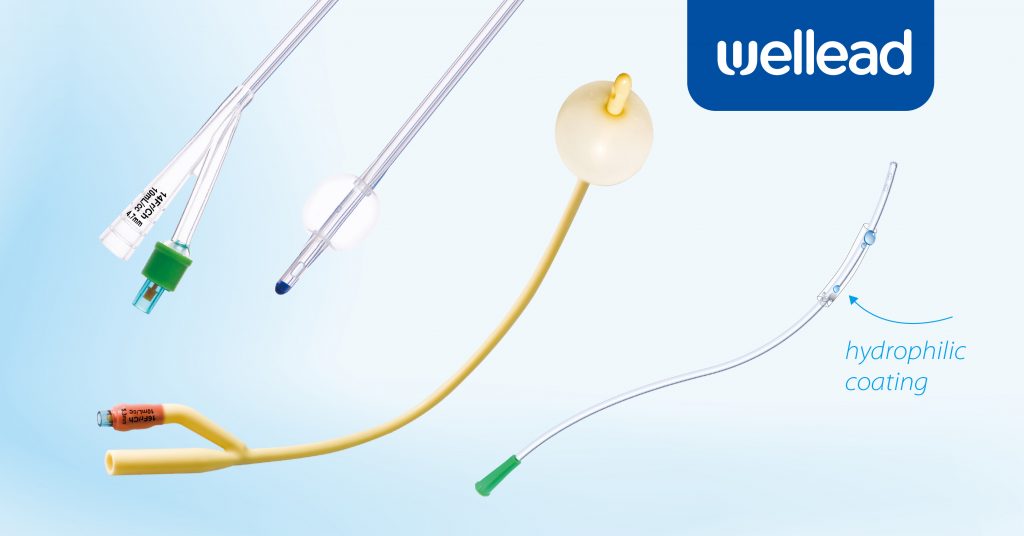
The urethral catheterization procedure is a medical technique designed to help empty the bladder and gather urine in a controlled manner. This procedure involves utilizing a flexible tube known as a catheter. Skilled medical personnel usually insert these urinary catheters in hospital settings. Two primary methods are commonly employed for urethral catheterization procedures: one involves guiding the catheter through the urethra (urethral catheter), the other entails creating a small opening in the lower abdomen (suprapubic catheter). Once in place, a urinary catheter consistently directs urine into a collection bag. The duration of catheter usage varies depending on its specific type and intended purpose.
When to Use Urethral Catheterization Procedure
A urethral catheter is commonly employed for individuals experiencing challenges in urinating naturally. It is also utilized to facilitate bladder emptying before or following surgical procedures and to assist in conducting specific examinations. Some specific purposes for its usage include:
* Urinary Obstruction
* Bladder Weakness or Nerve Damage
* Childbirth with Epidural Anesthesia
* Surgery
* Administration of Medicine
* Treatment for Urinary Incontinence
Types of Urinary Catheters
There are 2 main types of urinary catheters:
1. Indwelling catheters
Indwelling catheters, which are internal urinary catheters, stay inside the bladder and are often called Foley catheters. Medical professionals normally place these catheters into the bladder through the urethra. A suprapubic catheter is inserted through a small incision in the abdomen. Indwelling catheters have a balloon filled with water at the end to secure them. The balloon is deflated when it’s time to remove the catheter.
Indwelling catheters are mainly employed when there’s a need for a prolonged urethral catheterization procedure. Their insertion into the bladder requires the expertise of a medical professional. The catheter is linked to a bag worn on the body for convenience.
2. Intermittent Catheters
For individuals who require a temporary urethral catheterization procedure, such as post-surgery, doctors often recommend the use of intermittent catheters. These catheters are commonly utilized by both bedridden and ambulatory patients. They are connected to a drainage bag that can be conveniently emptied into the toilet. Unlike indwelling catheters, intermittent catheters require insertion and removal throughout the day.
Fortunately, using an intermittent catheter is straightforward, effective, and safe. With some practice, most individuals with mobility can independently insert and remove the catheter without the need for medical assistance. This method offers several advantages over continuous catheters, such as reduced bladder distension and infection risks. Additionally, it allows individuals to maintain their normal, active lifestyle.
Wellead Advanced Urology Solutions
As a professional manufacturer of urinary catheters, Wellead Medical is dedicated to providing a wide range of products to meet various needs.
Latex Foley Catheters & Silicone Foley Catheters:
Foley catheters are a common indwelling catheter used in urethral Catheterization Procedures. Frequently available in both latex and silicone, they provide a comfortable and soft experience when inserted into the bladder. To accommodate different medical needs, Wellead offers foley catheters in varying types, sizes, tips, and coatings.
Suprapubic Catheters
Wellead’s suprapubic catheters are used for bladder drainage when the urethra is damaged or blocked or when an intermittent catheter is not appropriate.
All Silicone Foley Catheter with Temperature Sensor
Wellead’s all-silicone Foley catheter with temperature sensor is designed to be used before, during, and after surgery to monitor core body temperature, and it’s made of 100% medical grade silicone, which is available with long-term placement, such as ICU patients.
A low sensor probe is placed at the front end of the catheter to accurately monitor the core body temperature while catheterizing without increasing any risk and pain for the patient.
Nelaton catheters
Nelaton catheters are usually used in a medical setting for short-term bladder drainage or to relieve urinary retention. The catheter has a rounded tip to help minimize discomfort and tissue trauma during insertion and is available in a range of catheter sizes and types that cater to different requirements.
Intermittent Catheters
Wellead’s ConviCath intermittent catheter offers a hydrophilic coating, which is activated instantly upon contact with water during the procedure of urethral catheterization procedure. This coating creates an exceptionally smooth and low-friction surface, ensuring ease of insertion. The ConviCath is designed for both men and women and comes ready to use with an integrated water sachet, providing convenience and efficiency.
Urine Collection & Accessories
As a one-stop solution provider of urological medical catheters, Wellead product range includes not only urinary catheters but also urine collection bags, Foley catheter holders, and prefilled syringes.
Conclusion
At Wellead, we are dedicated to safety, precision, and innovation in catheter technology. Our medical catheters are highly respected in domestic and global markets, establishing us as a trusted and reliable provider. We are committed to being pioneers in the industry, pushing the boundaries to provide effective, complete urethral catheterization procedure device solutions for patients worldwide.

